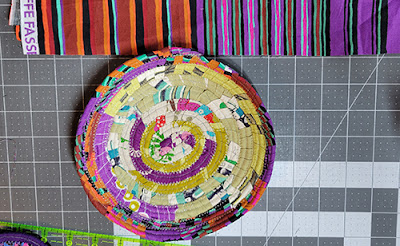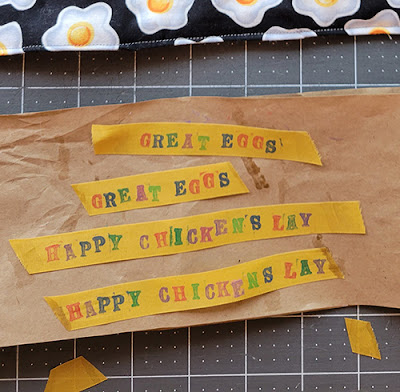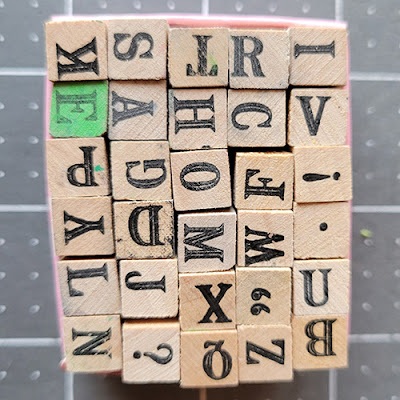Did you ever want to make a city quilt, but weren't sure where to start? I once trod in your shoes — but now I can help!
Hot off the press, five years in the making, here's my new 96-page book, 'Scrap Cities: Joyful Modern Architecture-Inspired Quilts.'

Cities are fascinating in a billion ways, and a quilter could spend a lifetime making city-themed quilts — which I feel like I just did (In fact it's only been about five years).
'Quilted New York,' the book before this one, took me a year bent over a smoldering keyboard, plus before that, happily shlepping around Manhattan, photographing every building (sidewalk, wall, bus, etc.) that struck my fancy. I had a blast, but drove my family, computer and left knee, nuts. What I got from it: meniscus surgery ($ thousands), a new computer drive ($ hundreds), and the following book:
'Quilted New York, Celebrate the City with Fabric and Color,' was published in December 2022. It's a love letter (with an occasional 'what the heck?' but a stronger word) to the city where I was born, and which gave my parents a shot at the American dream.
While working on it, I collected material that applies to ANY city — and I sewed quilted cityscapes of Chicago, Los Angeles, and multiple fantasy locations. (Here's Chicago, for example.)
So, naturally, after finishing the New York book, I wondered, could I turn my mountain of leftover ideas, photos and projects into an any-city book?
The task seemed infinite...I plodded...I experimented...the days rolled by (water flowing underground)...until a few weeks ago, when I realized it might be done. (The last building I added was this:

...based on this photo my friend Gail Solomon just took while travelling in Holland.)
What the two books have in common: A method for pressing raw edges to the back during piecing, instead of afterwards. This makes fabric buildings strong; when you finish piecing them, their trickiest edges are already neatly turned, you can easily and quickly appliqué them anywhere you want -- especially overlapping OTHER buildings, to replicate the magnificent clutter of big cities.
What's the difference between the two books?
- 'Scrap Cities' has instructions for 25+ buildings. Some are inspired by real buildings; some are pure fantasy. 'Quilted New York' has instructions for 11 structures, all inspired by real NYC buildings.
- There are NO quilt patterns in 'Scrap Cities,' although there are many examples and suggestions. You decide which buildings and how many to make. The book helps you brainstorm ideas and arrangements, to create anything from a 1-building pillow to a 3-building wallhanging, to a 12+ buildings bed quilt. 'Quilted New York' has two different quilt patterns for quilts about 60" square or larger.
- 'Quilted New York' encourages you to improvise, within limits. 'Scrap Cities' goes much further. It shows you how to use the book's patterns and ideas as a launching point to design and create your own buildings, whether inspired by a real one, pure fantasy, or a hybrid! There are sections on windows, roofs, stairs; curved buildings, triangle-based buildings, etc. This beach house-themed quilt is in the "stairs" section:'Scrap Cities' is unique in that it offers a variety of fun ways to create artist's perspective, using strategic cutting of geometric fabrics; and/or value choices; or literally adding a side-view onto a forward-facing building, to give it a 3-D 'wow' factor.
'Scrap Cities' also offers ways to incorporate fun novelty fabrics, for a baby or child's quilt, and/or for an eco-cities quilt; plant flowers, vegetables, chickens, your cat, etc., on balconies and rooftops! Below is a lush rooftop garden of Kaffe Fassett kale, serenaded by a violin-playing angel. It grows on a pieced zigzag plaid building that's a takeoff from real buildings shown in the book. The treehouse trunk is made with fusible raw edge applique, but the cabins are all turned-edge, and appear dimensional thanks to a simplified attic windows trick explained in 'Scrap Cities.'
(On the lower left, riding the cable car are...The Beatles!) “Modern” in 'Scrap Cities' subtitle ('Joyful Modern Architecture-Inspired Quilts') has two meanings—the modern
quilt movement, with strong graphics and simplification; and
modern/contemporary architecture. 'Scrap Cities' projects take inspiration not only from what's formally called "modern" architecture, but also from elaborate Art Deco structures, turgid grey Brutalism, "postmodern" whimsy, and more! In the last category, here's Frank Gehry's 8 Spruce Street Tower in lower Manhattan, with inexplicable yet charming stainless steel ripples.
And here's my version, made with an improv curves technique. (This could also serve as a river.)

Where to learn more about either of these books? 'Scrap Cities' in digital (PDF) form is in my etsy shop, here. Find the paperback in brick-and-mortar and online quilt and book shops, or in my etsy shop, here.
'Quilted New York', (84 pages), is sold in paperback and digital form. In digital (PDF) it's here. In paperback, buy it from quilt or bookstores, or directly from my etsy shop here.
Interested in both? A digital bundle to purchase both, with $10 off the total price, is here.
See more of my cityscape quilts on my website, here. And everything else in my etsy shop is at https://cathypstudio.etsy.com. Now that 'Scrap Cities' is finished, is another cityscape book in the making? I'm torn. I still have a few leftover patterns for Los Angeles buildings....
Which cities would you like to make in fabric?



















































